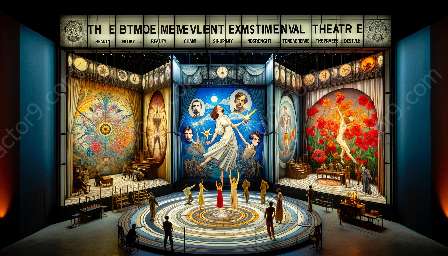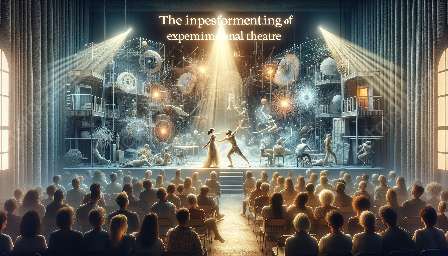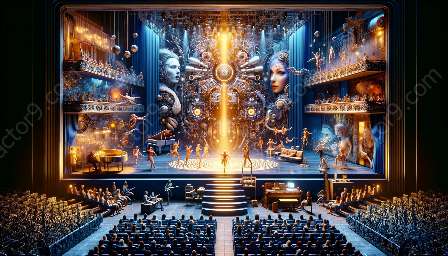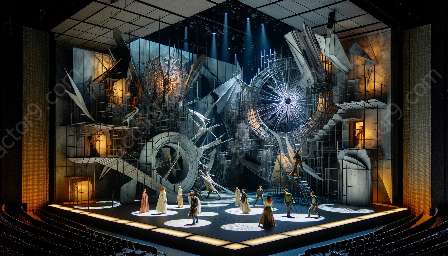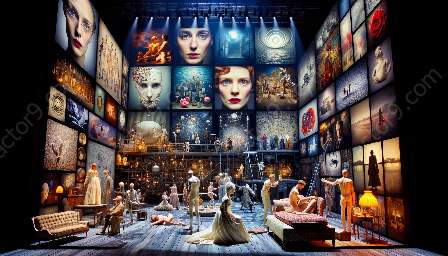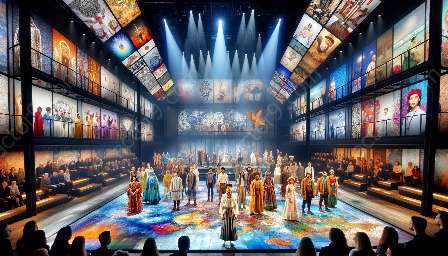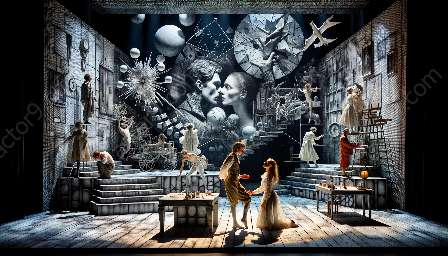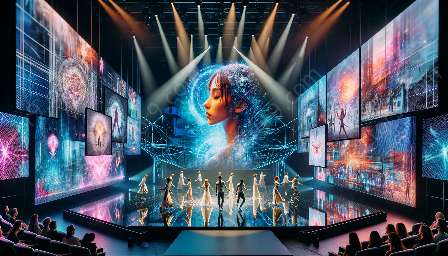Experimental theatre, by its very nature, seeks to push boundaries and engage audiences in unique ways. However, this approach can also pose challenges in terms of audience interaction. In this article, we will explore the potential obstacles that arise in engaging audiences in experimental theatre and offer practical strategies to address them.
Audience Reception and Engagement in Experimental Theatre
Experimental theatre often deviates from traditional forms, presenting non-linear narratives, unconventional staging, and immersive experiences. This departure from the familiar can sometimes lead to challenges in audience reception and engagement. In experimental theatre, audiences may struggle to find familiarity or meaning in the performance, leading to potential disconnection.
Despite the challenges, experimental theatre also offers an opportunity for dynamic and immersive audience experiences. By embracing unconventional approaches to storytelling and performance, experimental theatre can create powerful connections with audiences and evoke meaningful emotional responses.
Potential Challenges of Audience Interaction
1. Interpretive Ambiguity: Experimental theatre may rely on symbolism and abstraction, making it challenging for audiences to interpret the intended meaning or message.
2. Emotional Dissonance: The unconventional nature of experimental theatre can evoke conflicting emotions, causing discomfort or disengagement in some audience members.
3. Participation Resistance: Audience participation in experimental theatre can be met with skepticism or reluctance, hindering the interactive elements intended by the production.
Addressing the Challenges
1. Facilitating Meaning-Making
Implementing pre-show activities or post-show discussions can help audiences navigate the interpretive ambiguity of experimental theatre. Providing context and opportunities for reflection can enhance the audience's understanding and appreciation of the performance.
2. Emotional Contextualization
Creating pre-show materials or immersive experiences that prepare audiences for the emotional journey of the performance can help mitigate emotional dissonance. Guidance on the intended impact of the production can prepare audiences for the emotional challenges they may encounter.
3. Building Trust and Comfort
Offering opt-in participation and clear communication about the nature of interactive elements can reduce resistance from audiences. Building a sense of trust and comfort can encourage participation without imposing discomfort on hesitant audience members.
Conclusion
Experimental theatre presents a unique canvas for engaging audiences in innovative ways, but it also requires thoughtful navigation of potential challenges in audience interaction. By actively addressing interpretive ambiguity, emotional dissonance, and participation resistance, experimental theatre productions can create meaningful and impactful experiences for audiences, fostering a deeper connection that transcends traditional theatre boundaries.



